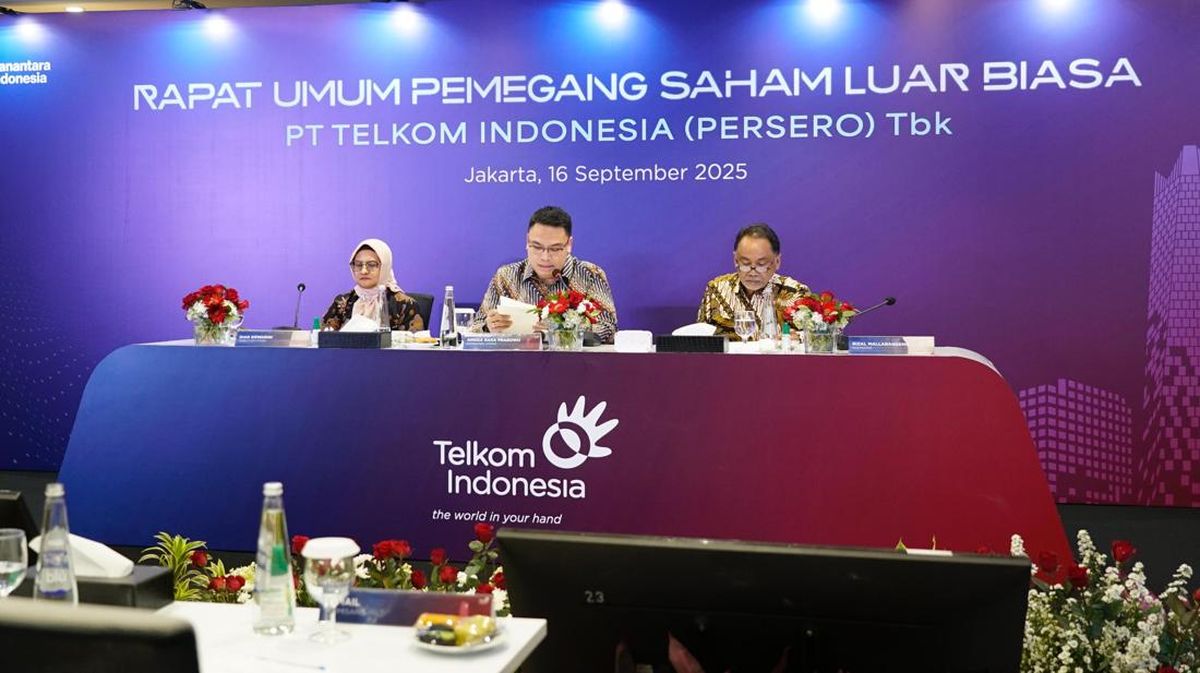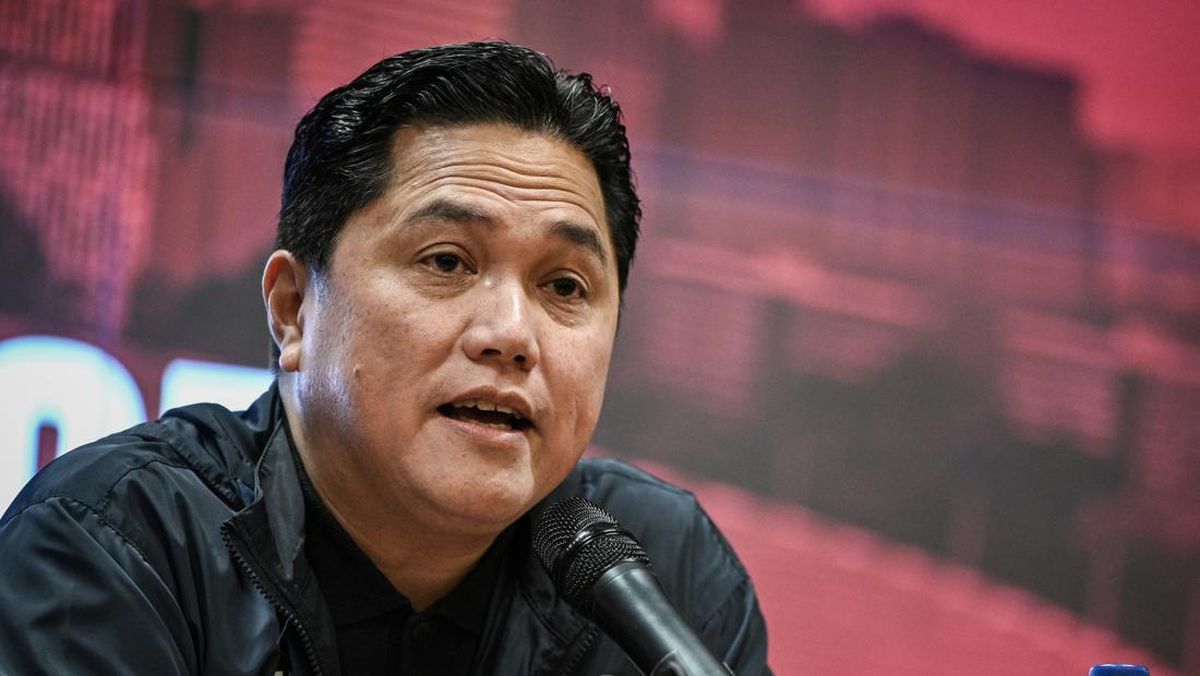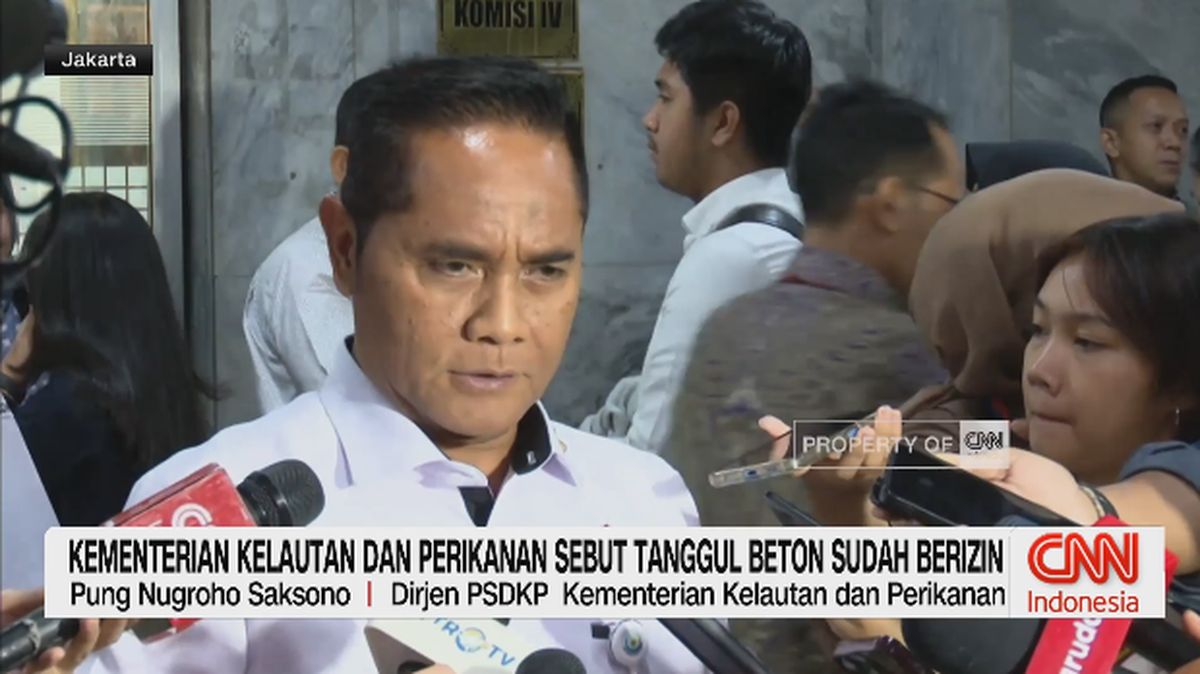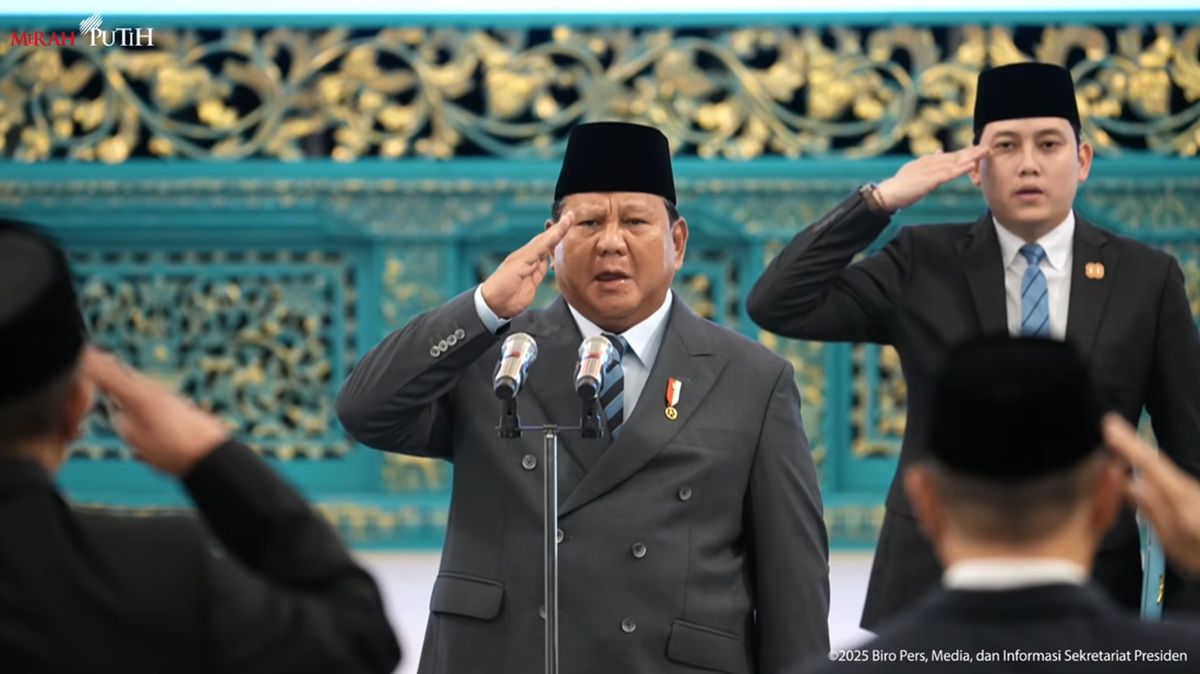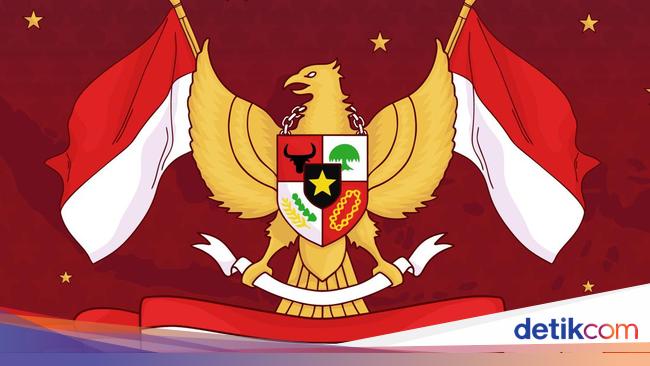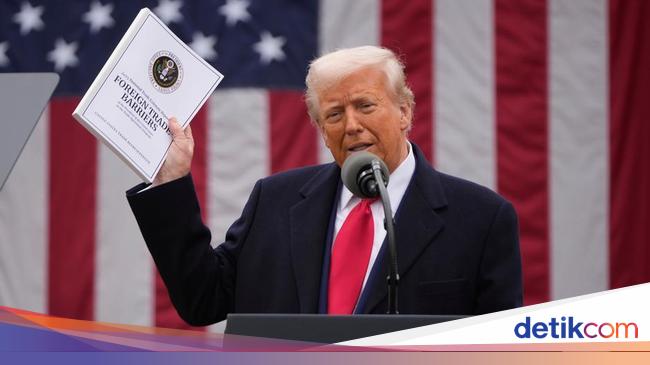By Joe Deaux and Stephanie Lai
July 9, 2025 — 7.54am
President Donald Trump said he plans to implement a 50 per cent duty on US copper imports, while also indicating he could offer pharmaceutical manufacturers at least a year before applying a crippling 200 per cent tariff on their foreign-made products.
Trump told reporters during a cabinet meeting on Tuesday in the US he was still planning tariffs on select industries, including drugs, semiconductors, and metals.

The US consumed about 1.6 million tons of refined copper in 2024, according to the US Geological Survey.Credit: Munshi Ahmed
“I believe the tariff on copper we’re going to make it 50 per cent,” Trump said when asked by a reporter what the rate on those products would be. Copper futures in New York surged as much as 17 per cent after Trump’s comments, the largest intraday gain in data going back to at least 1988.
Commerce Secretary Howard Lutnick, speaking to CNBC shortly after the Cabinet meeting, said his department’s investigation into copper had concluded and that he expected the levy “likely to be put in place end of July — maybe August 1.”
“Copper is finished. We’re done with our study,” Lutnick said. “We’ve handed the study over to the president. The president knows that he has the ability, since we’ve studied the market for copper, to set the market tariff for copper.”
Loading
Trump said he expected to offer pharmaceutical manufacturers some time to bring their operations to the US before slapping tariffs of as much as 200 per cent on their products.
An S&P 500 index of drugmakers turned negative after Trump’s comments, while shares of Eli Lilly, Merck and Pfizer pared earlier gains.
“We’re going to give people about a year, a year and a half, to come in,” Trump said. “And after that they’re going to be tariffed if they have to bring the pharmaceuticals into the country, the drugs and other things, into the country. They’re going to be tariffed at a very very high rate, like 200 per cent. We’ll give them a certain period of time to get their act together.”
Trump has already announced investigations under Section 232 of the Trade Expansion Act of 1962 on each of those products, arguing that a flood of foreign imports was threatening national security. After those efforts are concluded, Trump is expected to move forward with the levies.
That effort is separate from Trump’s other move to announce new country-specific tariff rates, which would not apply to products hit under his Section 232 efforts. Trump earlier Tuesday insisted those country-specific tariffs would move forward at the beginning of August.

US President Donald Trump during a cabinet meeting at the White House.Credit: Bloomberg
The copper rate, while long telegraphed, threatens to upend an industry that for decades subsisted on a combination of vibrant domestic production and steady imports from some of the US’s strongest trade allies. It also comes after Trump during his first term focused his raw materials trade war on steel and aluminum, leaving copper producers, traders and consumers relieved that they avoided market upheaval.
Trump’s directive also comes as the US and the rest of the world expect a dramatic surge over the coming decade in demand for the industrial metal, with data centres, automobile companies, power companies and others scouring the globe for necessary feedstock to increase electric vehicle output and electric grid capacity.
Retooling power and transportation systems to run on renewable energy will require far more copper than the companies that produce it are currently committed to deliver.
The US consumed about 1.6 million tons of refined copper in 2024, according to the US Geological Survey. While the US has significant mines, producing some 850,000 tons of primary copper last year, it still relies on imports from key trade allies to fill the need. Chile is the largest import source, accounting for 38 per cent of total import volumes, followed by Canada and Mexico at 28 per cent and 8 per cent, respectively. Net copper imports account for 36 per cent of demand, according to Morgan Stanley research.
Loading
Trump has been talking about pharmaceuticals since he began rolling out his tariff agenda, despite industry concerns that duties could wreak havoc on supply chains, exacerbate drug shortages and drive up costs for Americans.
He has long criticised foreign production of medicine as a threat to national security and raised the spectre of tariffs to encourage drugmakers to manufacture domestically.
Any tariffs that are imposed are expected to have an outsize effect on Ireland, where a $US54 billion ($82.7 billion) trade surplus with the US helped spur Trump’s wrath.
The imbalance, heavily driven by pharmaceuticals, stems from the country’s favourable tax regime and highly educated workforce. US drug companies, including Lilly and Pfizer, operate nearly two dozen factories in Ireland that ship to the US, according to a TD Cowen analysis.
Bloomberg
The Market Recap newsletter is a wrap of the day’s trading. Get it each weekday afternoon.
Most Viewed in Business
Loading

